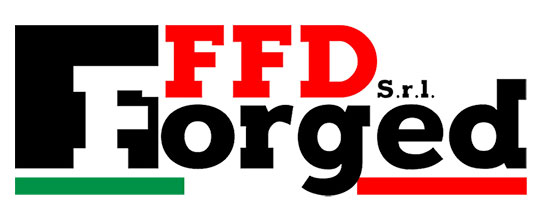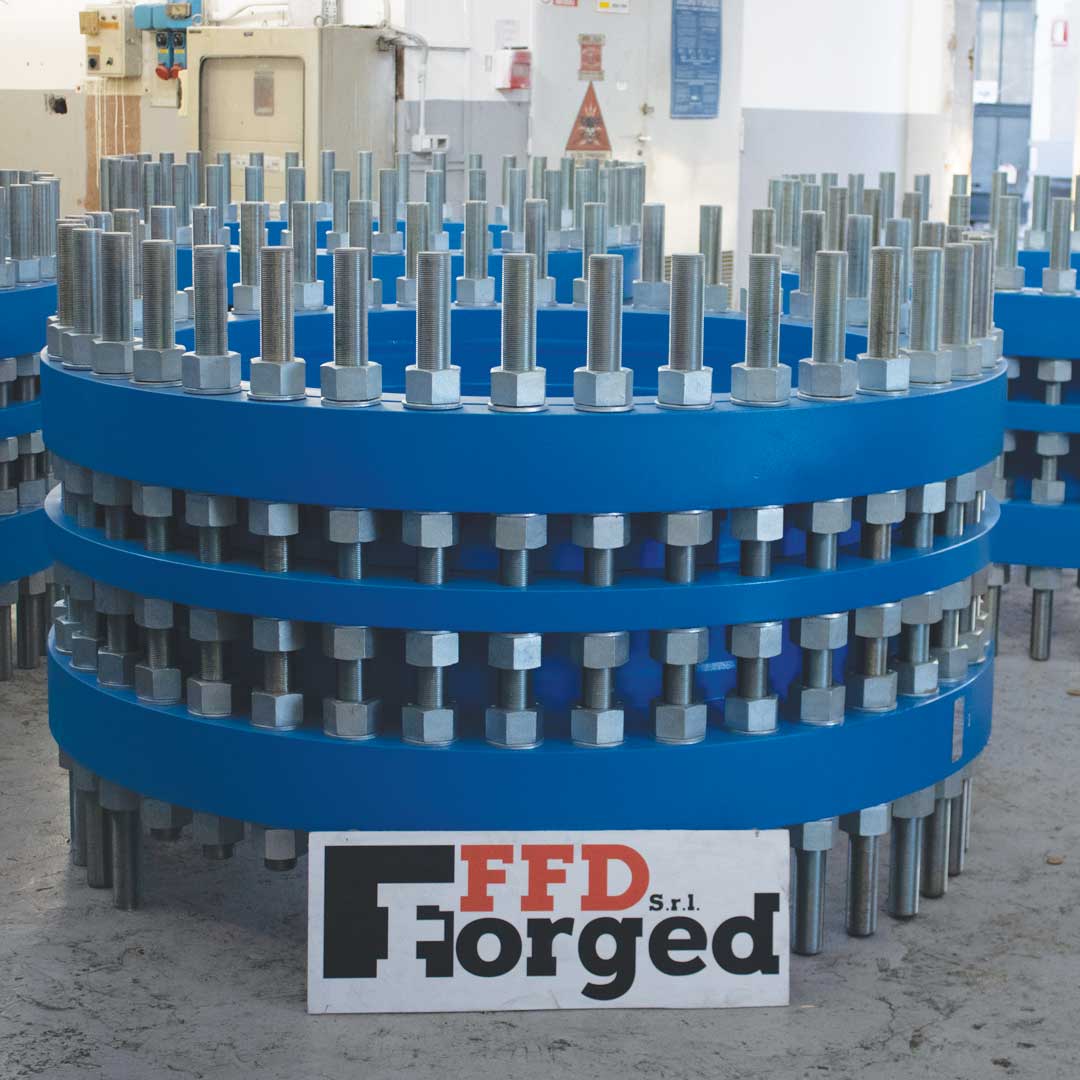
Loading Arms
Design and Standard
Forged FFD’s Main Design Principles
- Low maintenance
- Lean technology
- Easy and safe to operate
- Environmental protection
- Easy to ship and erect on site
Full compliance with the following international standards
- ASME
- PED/97/23/CE (Pressure Equipment Directive)
- ATEX Directive 94/9/EC
- OCIMF (Oil Companies International Marine Forum)
- EN/ISO
Table of contents

The Main Structure
Outboard
The outboard Arm has a tubular section which is equal to the nominal diameter of the Marine Loading Arm.
An auto-levelling system composed by a triple swivel and flanged elbow is connected at the end section of the outboard arm. This system allows the best coupling of the manifold to the vessel.

Riser
The Riser is fixed to the jetty and is connected to the terminal piping system. At the upper end of the riser a cubic structure supporting the inboard arm is secured. Two bearings, two swivel joints concentric to the bearings, and a 90° elbow flanged to the joints are installed inside of this cubic structure. Disassembly of only the 90° elbow gives you the possibility to substitute joints and gaskets immediately.
Even without the 90° elbow and joints during the maintenance operation, the marine loading arm can work in each position without any limitations or dangers.
Inboard Arm
The Inboard Arm is built by a self-supported structure anchored to the cubic structure by a thrust bearing.
A connection bearing for the main part of the outboard arm and its joint, complete with a 90° flanged elbow is placed at the front end of the inboard loading arm.
Excluding the 90° elbow there is the possibility to rapidly replace the joint and gaskets of the outboard arm.
During the maintenance operation, even without the 90° elbow and joints, the marine loading arm can operate in every position without limits.
The thrust bearing and joint allow the outboard loading arm vertical rotation to be controlled and counterbalanced by a pantograph system with double counterweights.
The back end of the inboard loading arm is composed by a fixed counterweight system.
If needed, the loading arm can be equipped with a hydraulic motor. By means of an endless screw, the hydraulic motor can be regulated to assure balancing of the loading arm in full and empty conditions.
Swivel Joint

Thanks to the thrust bearing’s application, the swivel joints are released from all the static and dynamic actions; they are subject to those stresses due to pressure of the liquid loaded into the marine loading arm.
The swivel joints are produced in high-resistant alloy steel, provided with sealing devices suitable to stand mechanical actions and pressure, together with chemical products attached.
Forged FFD produces swivel joints with single or double race ball bearings. Each joint is designed to be disassembled, without dismounting the main elements of a loading arm, for maintenance purposes.
A normal lubricating plant is equipped with a special gasket that stops any and dust infiltration, lubricating the joints. The swivels are pre-lubricated at the factory. All Forged FFD swivel joints are precisely designed and produced to offer a product with a minimal possibility of leakage and to guarantee a maximum service life.
Features
ERC
ERC (Emergency Release Coupler) is a security device that allows for an arm release in case of dangerous weather conditions (e.g., strong wind, sea storm, etc.). Before the arm release, an actuator must close two ball valves, guaranteeing a minimum leakage of the product. ERC is always requested in LNG Service.
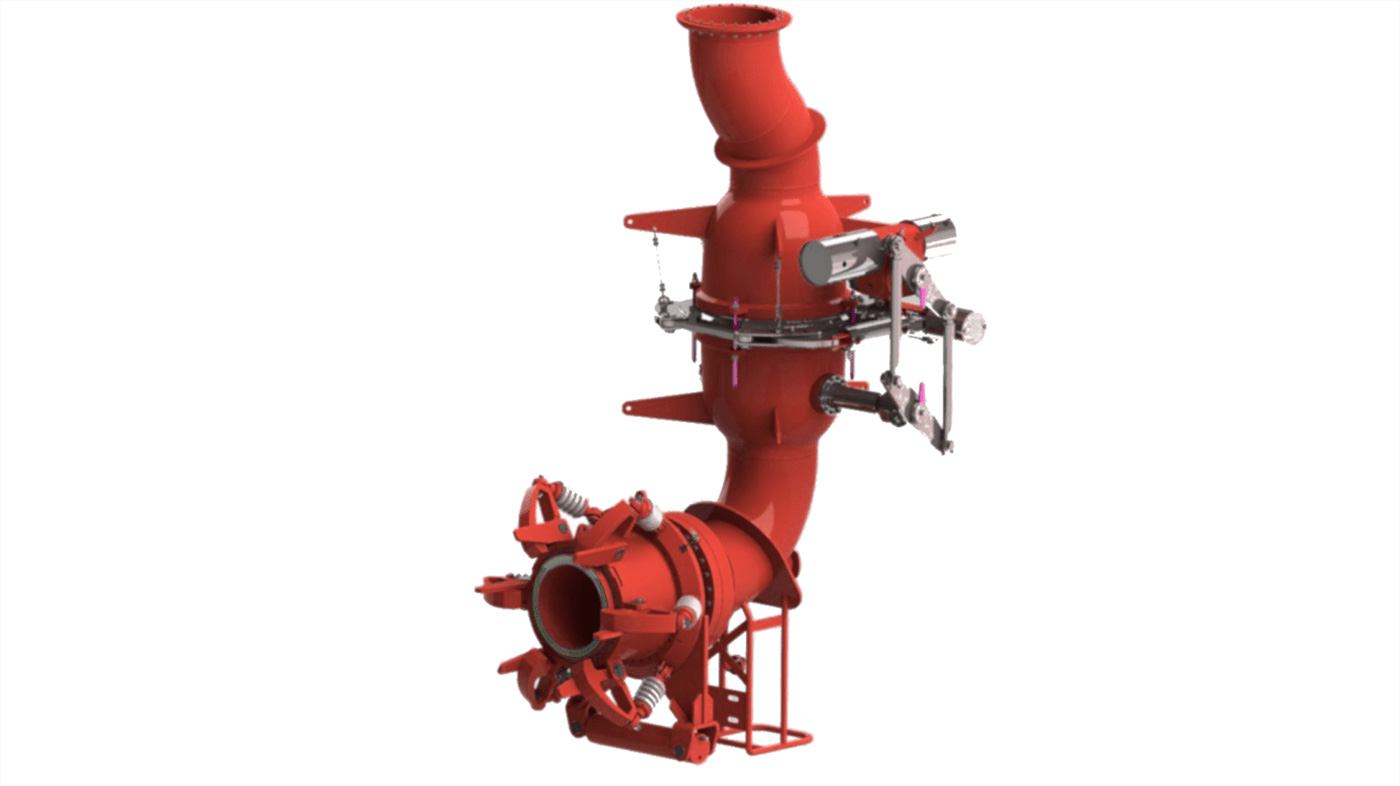
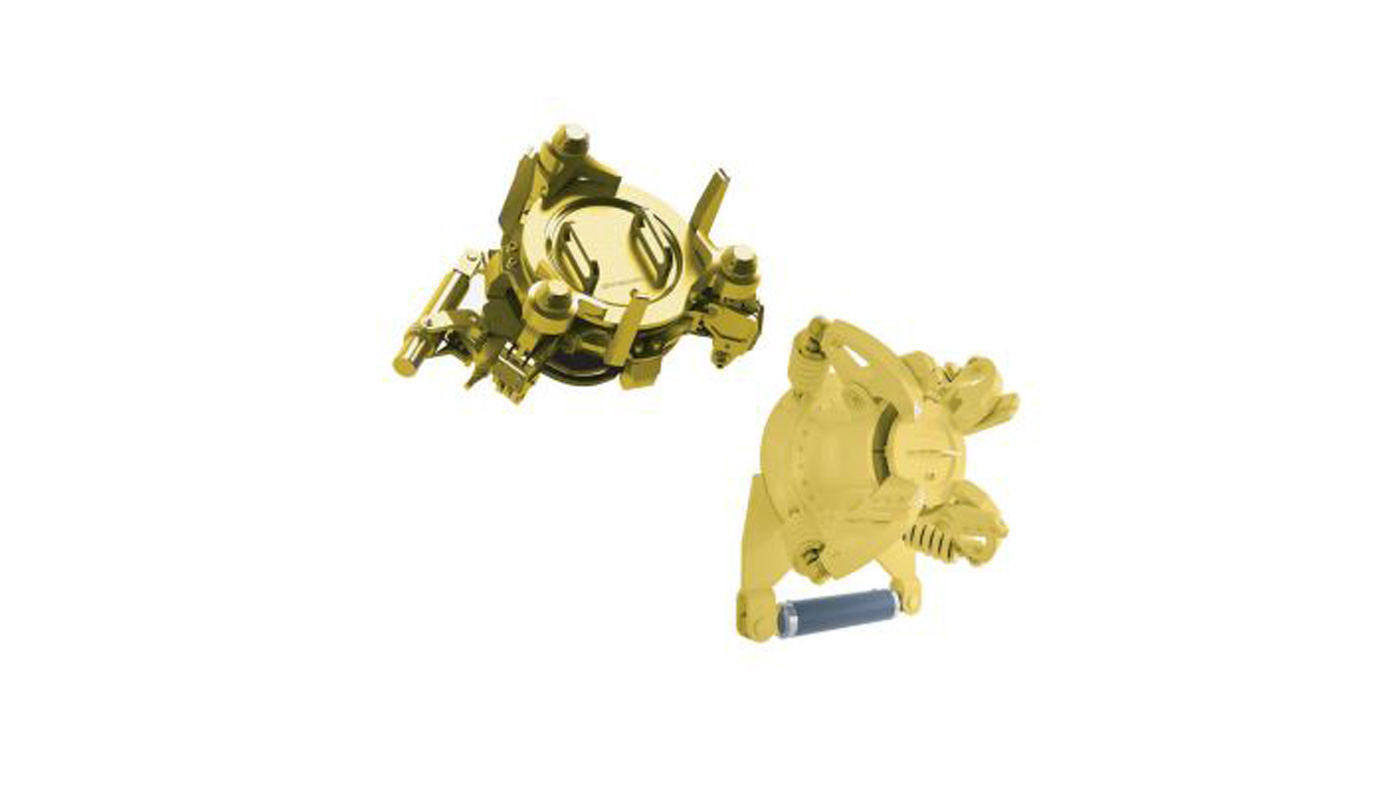
Hydraulic and Manual QCDC
QCDC (Quick Connect Disconnect Coupling) is available for the ambient, low temperature, cryogenic and CNG service conditions. It is a quick and easy method to connect and disconnect a rigid marine arm or jetty hose to and from the vessel manifold. The QCDC coupling is hydraulically operated and can be adapted to different sizes of the manifold flange.
Engineering
Forged FFD follows all of the following stages of MLA supply for the transfer ship-to-shore and shore-to-ship of LNG, hydrocarbons, and chemicals:
- Design of the structure, joints, kinematic mechanism, safety devices, etc.
- Structural pier and connected piping verification and design
- Firefighting prevention and protection system design and verification
- Construction of the loading arm’s components and relative assembly in the workshop
- Hydraulic test and Factory Acceptance Test
- Pier Installation
- Site Acceptance Test and assistance
- Mooring point, dolphin, hook-up design and verification
Forged FFD also offers the following engineering services:

Progress and New Technologies
In addition to Marine Loading Arm (MLA) manufacturing (with cylinder and hydraulic motors), Forged FFD has recently patented a fully operated MLA with electric motors.
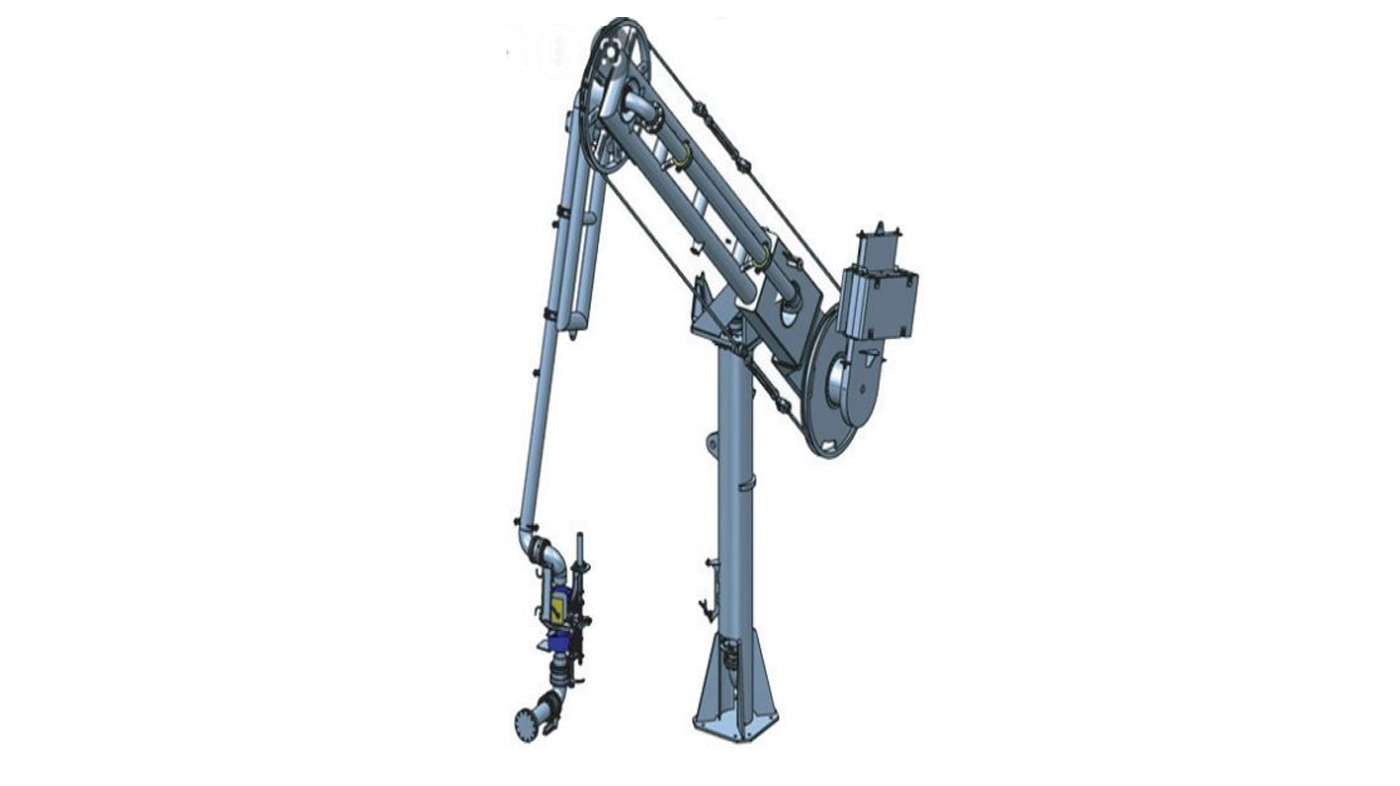

View the other products
